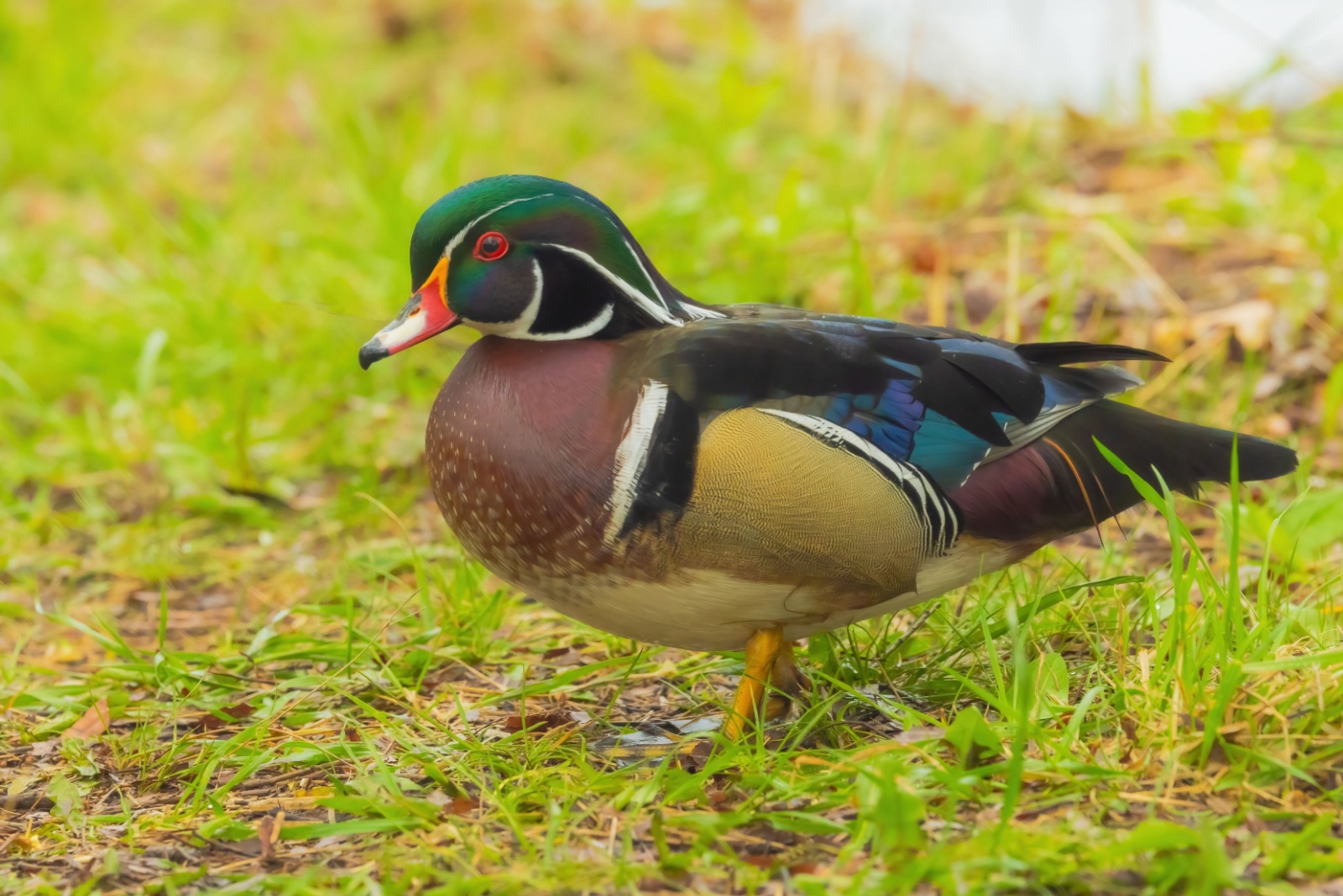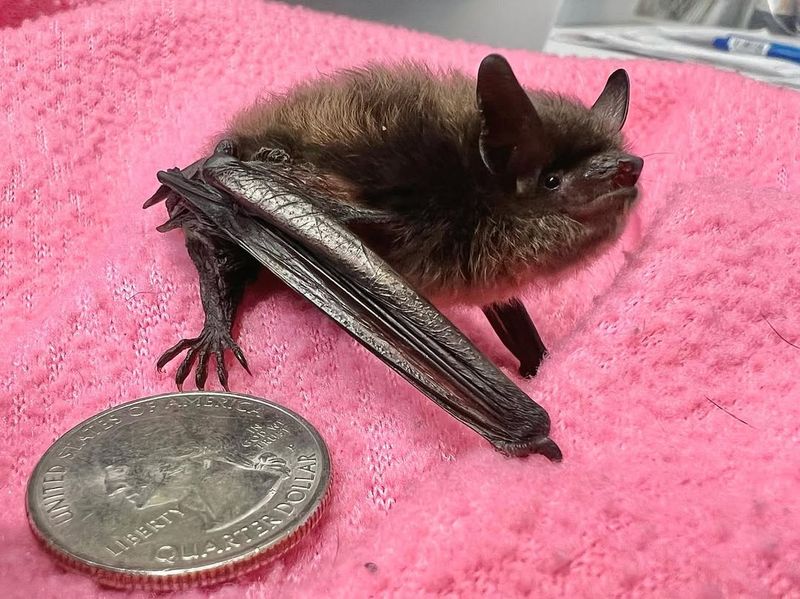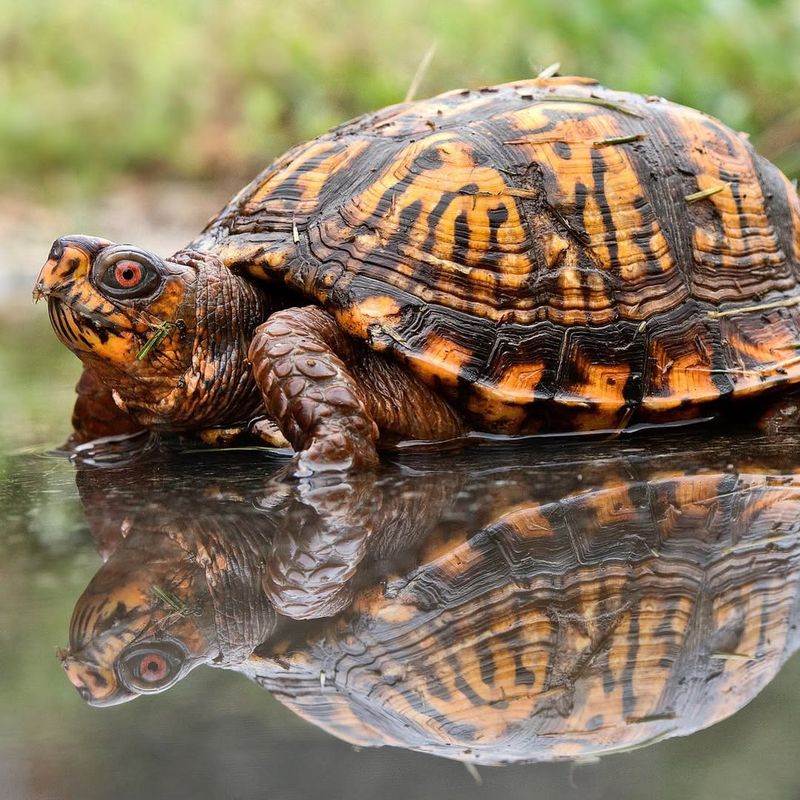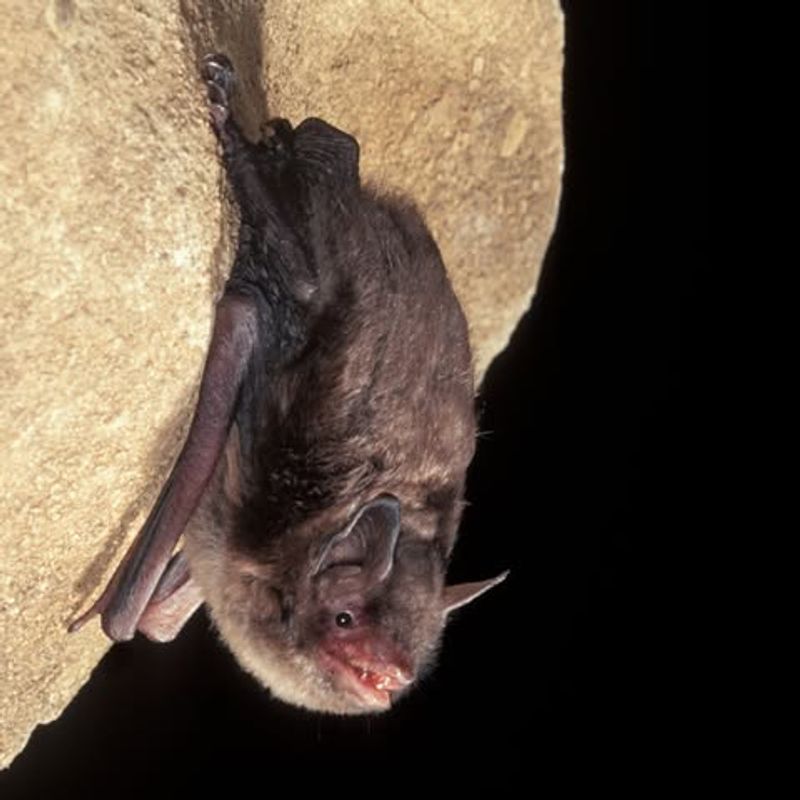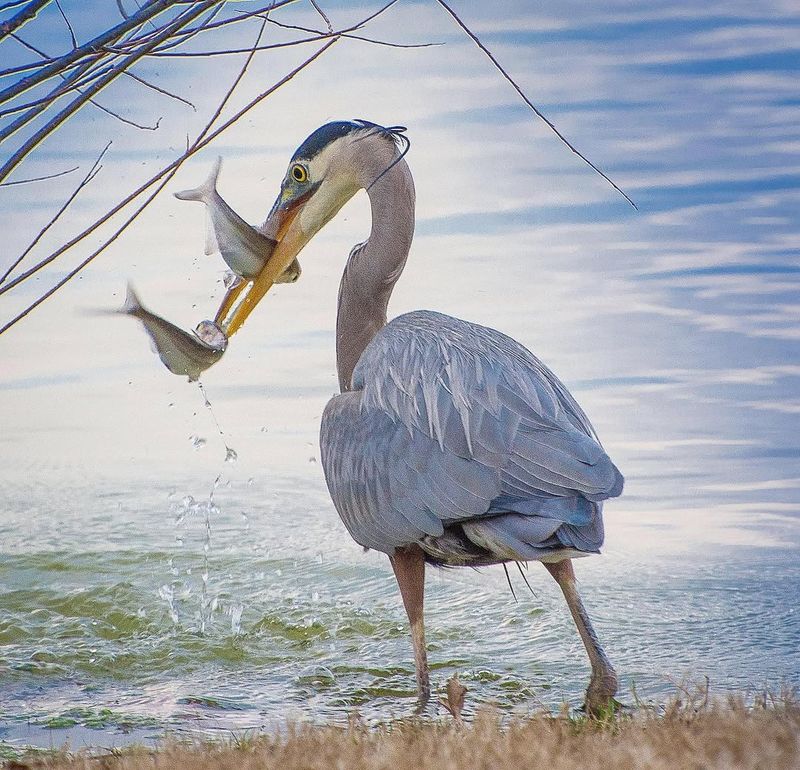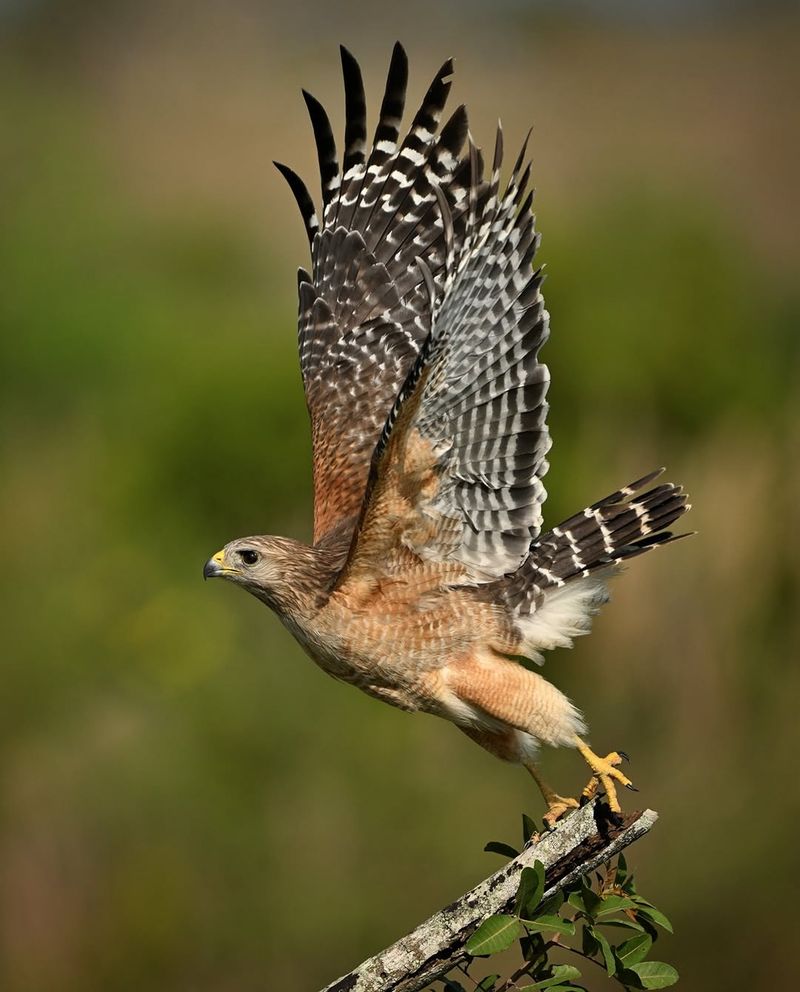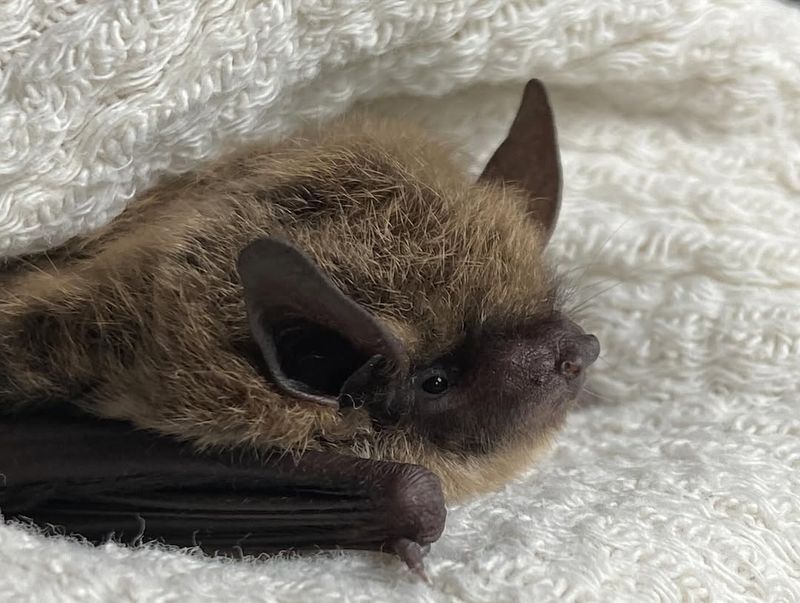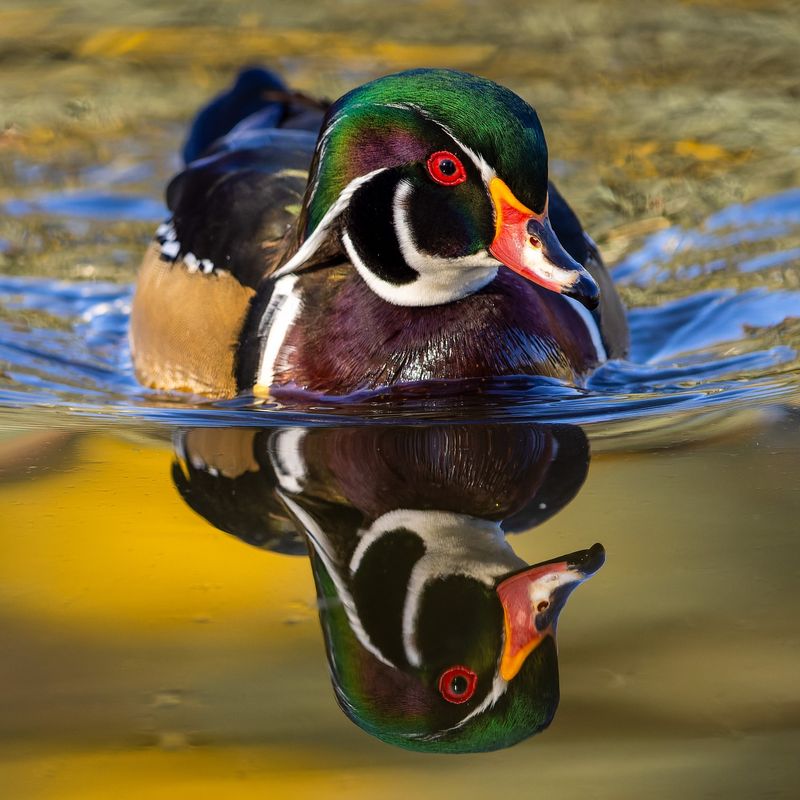You may think your yard is yours alone—but a few wild neighbors in Kentucky have legal VIP status. Whether they’re nesting, burrowing, or simply passing through, certain animals are protected and must not be removed without permission.
Try to handle them yourself, and you could be in hot water with state wildlife officials. Before you grab a trap or call the first “critter removal” number you find, check this list of 8 protected species that get to stay—like it or not.
1. Bald Eagles
America’s national bird enjoys serious protection under both federal and state law. Bald eagles made an incredible comeback after nearly going extinct, and now they nest along Kentucky’s rivers and lakes.
If you spot one near your property, consider yourself lucky! You can watch them from a distance, but touching their nests, feathers, or eggs could land you in major legal trouble.
Contact wildlife officials if an eagle seems injured or distressed instead of handling it yourself.
2. Little Brown Bats
Did you know these tiny mammals eat thousands of mosquitoes every single night? Little brown bats are now endangered due to a deadly fungus called white-nose syndrome that’s wiping out entire colonies.
Kentucky law prohibits removing them during their maternity season from May through August. If bats take up residence in your attic, you’ll need special permits and professional wildlife experts to relocate them humanely.
Never seal entry points while bats are inside!
3. Eastern Box Turtles
With their dome-shaped shells and bright orange markings, box turtles are Kentucky treasures. Many people don’t realize these slow-moving reptiles can live over 100 years in the wild!
State regulations make it illegal to capture, sell, or relocate them from your property. If you find one crossing your driveway, you can gently help it across in the direction it was heading.
Just remember, taking one home as a pet violates wildlife protection laws and carries stiff penalties.
4. Indiana Bats
Smaller than your thumb, Indiana bats pack a big punch when it comes to legal protection. They’re federally endangered, which means disturbing their hibernation caves or summer roosts is a serious federal offense.
Homeowners who discover these bats on their property must work with wildlife biologists to develop a safe management plan. Destroying their habitat, even accidentally, can result in criminal charges and massive fines reaching thousands of dollars.
5. Great Blue Herons
Standing nearly four feet tall, these graceful wading birds are protected under the Migratory Bird Treaty Act. Great blue herons love fishing in backyard ponds, which sometimes frustrates homeowners with koi collections.
Despite the temptation, you cannot harm, trap, or chase them away using aggressive methods. Installing pond netting or motion-activated sprinklers offers legal alternatives to protect your fish.
Appreciating their hunting skills from your window makes for incredible wildlife watching!
6. Red-Shouldered Hawks
Their distinctive cry echoes through Kentucky forests and suburban neighborhoods alike. Red-shouldered hawks control rodent populations naturally, making them valuable neighbors despite occasionally snatching small pets.
Federal law protects all hawk species, so removing nests or harassing these raptors brings serious consequences. Keep small animals supervised outdoors rather than trying to drive hawks away.
Most hawks avoid humans and move along naturally once nesting season ends each year.
7. Northern Long-Eared Bats
You can identify these bats by their oversized ears that look almost comical on their tiny bodies. As a threatened species, they receive special protection from both state and federal agencies.
They prefer roosting under loose tree bark but sometimes find their way into barns or sheds. Property owners must obtain authorization before excluding them from buildings, especially during their vulnerable pup-rearing season.
Professional wildlife handlers understand the complex regulations surrounding their removal.
8. Wood Ducks
Male wood ducks rank among North America’s most stunning waterfowl with their rainbow-colored plumage. These cavity-nesting ducks sometimes choose unusual spots like chimneys or decorative structures near water.
The Migratory Bird Treaty Act shields them from harassment or removal without proper permits. If wood ducks nest on your property, you’re stuck waiting until they naturally leave after raising their ducklings.
Installing nest boxes nearby might redirect future families to more convenient locations!

